BLOG AND PODCAST
We’re chemists who love what they do. We’re fascinated by everything chemistry and this is our forum to talk about it.
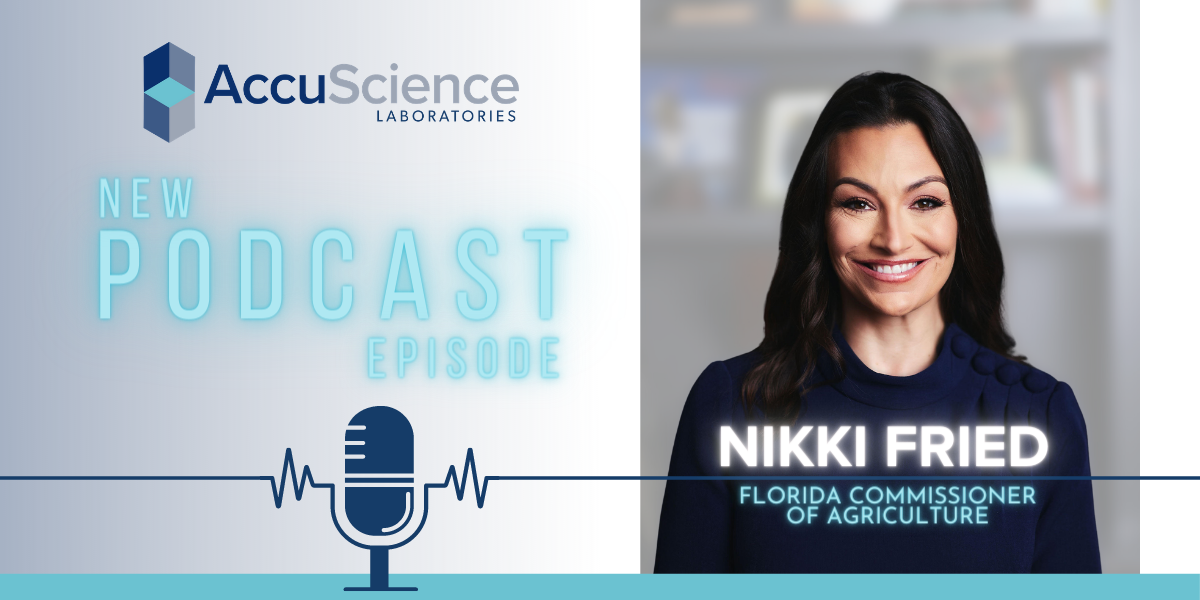
AccuScience Podcast Ep. 3, featuring Nikki Fried, Florida Commissioner of Agriculture
We’re extremely excited to have Nikki Fried, the Florida Commissioner of Agriculture on the third episode of our AccuScience Labs Podcast. Nikki discusses why she

AccuScience Podcast Episode 2
Take a listen to our second episode of the AccuScience podcast, featuring one of the owners of Treadwell Farms, Jammie Treadwell. AccuScience Podcast Episode 2,

Product Shelf-Life and Stability Test at AccuScience
Stability studies are performed to predict the shelf life of the product by accelerating the rate of decomposition due to varying temperature, humidity, and light.

Test your CBD-infused cosmetics with AccuScience
The global CBD-infused cosmetic market is expected to increase and reach 3 billion dollars from 2020 to 2024 according to some market reports. Since the

Smokeable Product Testing
Smokable products contain CBD, THC, and varying chemicals such as propylene glycol, vegetable glycerin, vitamin E acetate, and other flavoring chemicals. The quality, safety, and

AccuScience Podcast, Episode 1
Our first episode of the AccuScience Podcast is an introduction to AccuScience Labs President and CEO Dr. Harry Behzadi, PhD. The first episode features such

Cannabis-Infused Edibles
Studies have shown that the THC concentrations of cannabis-infused edibles are often not as advertised. This particularly poses a grave danger for consumers that use
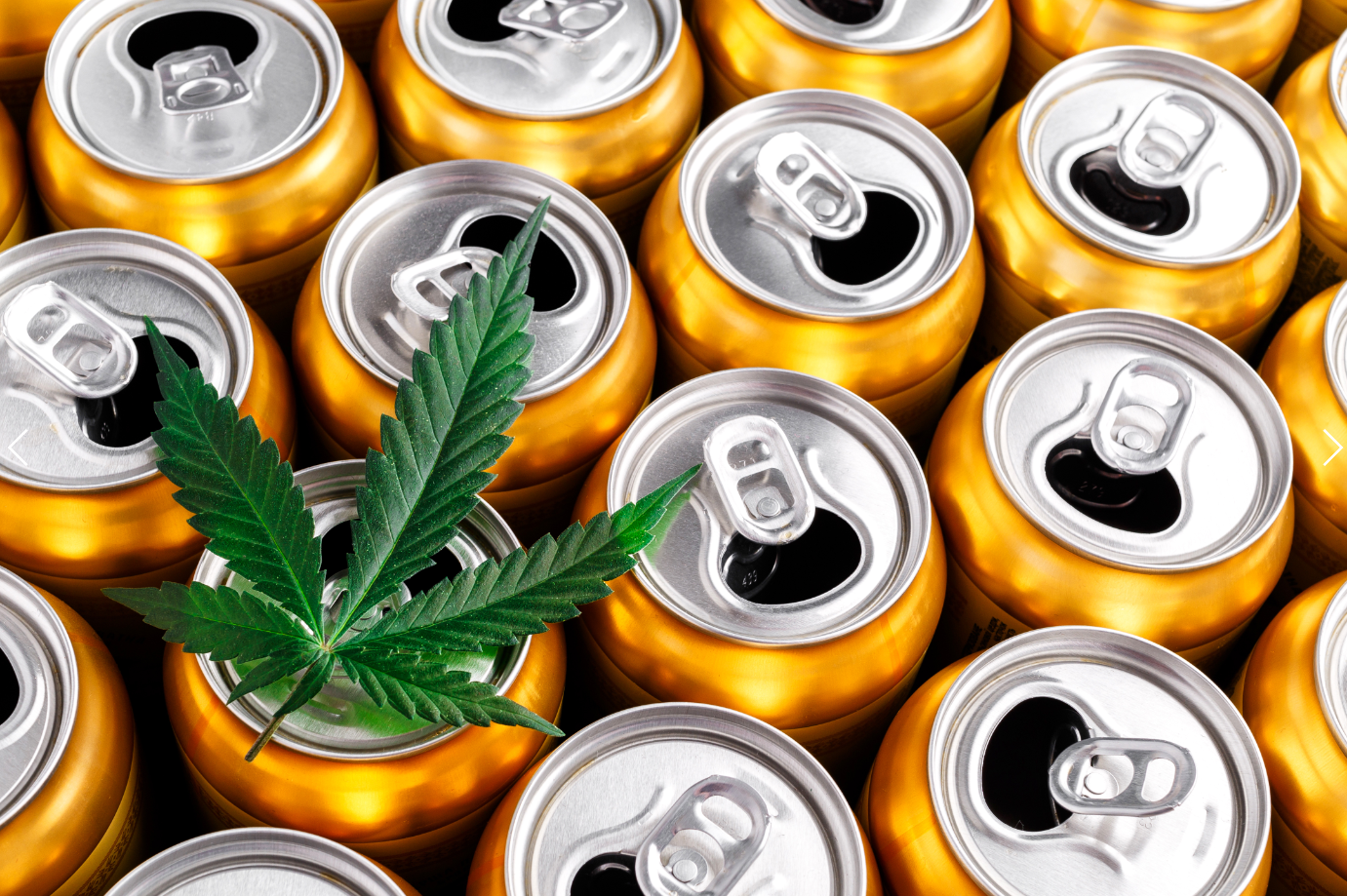
Testing Cannabis-Infused Beverages
Cannabis and hemp-infused beverages have unique challenges, such as stability concerns and differences between the hot, cold brewed and un-brewed. In order to overcome these

AccuScience Surface, Air Testing and Verification can help business fight Covid-19 spread
New results from studies show that Covid-19 can spread through surface and air. Schools, hotels and businesses are looking to find solutions to protect the
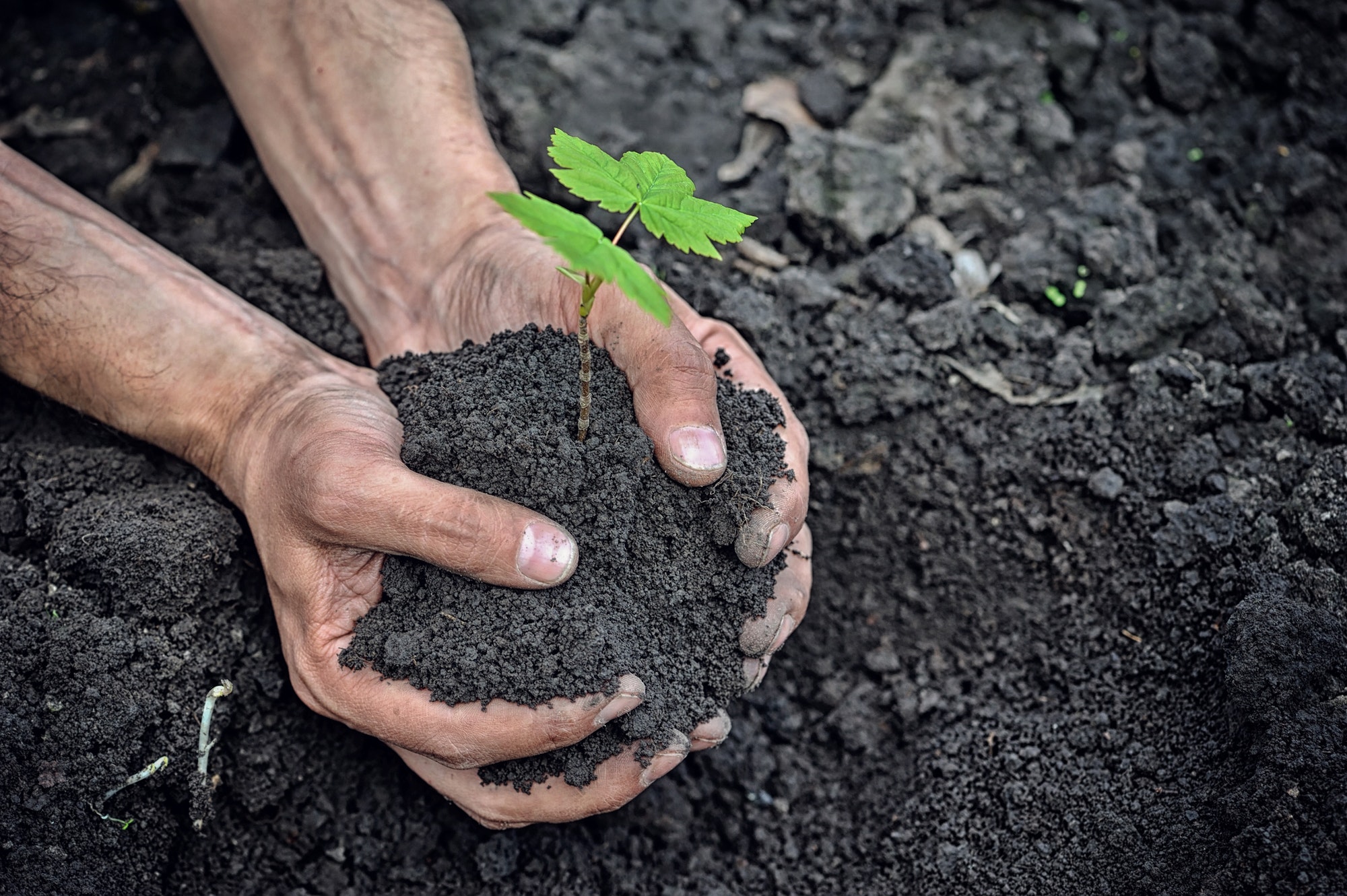
AccuScience Labs will characterize your soil, water, pesticides and enhancers before and during planting.
Avoid high concentration of heavy metals at the early stages of planting or during growth. A hyperaccumulator is a plant capable of growing in soil

AccuScience Labs Has Proprietary Testing to Analyze Hand Sanitizers
Due to the high demand of Hand sanitizer during the Covid-19 pandemic as new brands have been rushed onto the market the Food and Drug

Contact AccuScience Labs for Your Hemp Plant Analytical Needs
Monitoring, Pre-Harvest Sampling and THC Analysis & More Florida Law requires “Persons Cultivating Hemp must collect Pre-harvest Samples to ensure that Delta-9 tetrahydrocannabinol does not
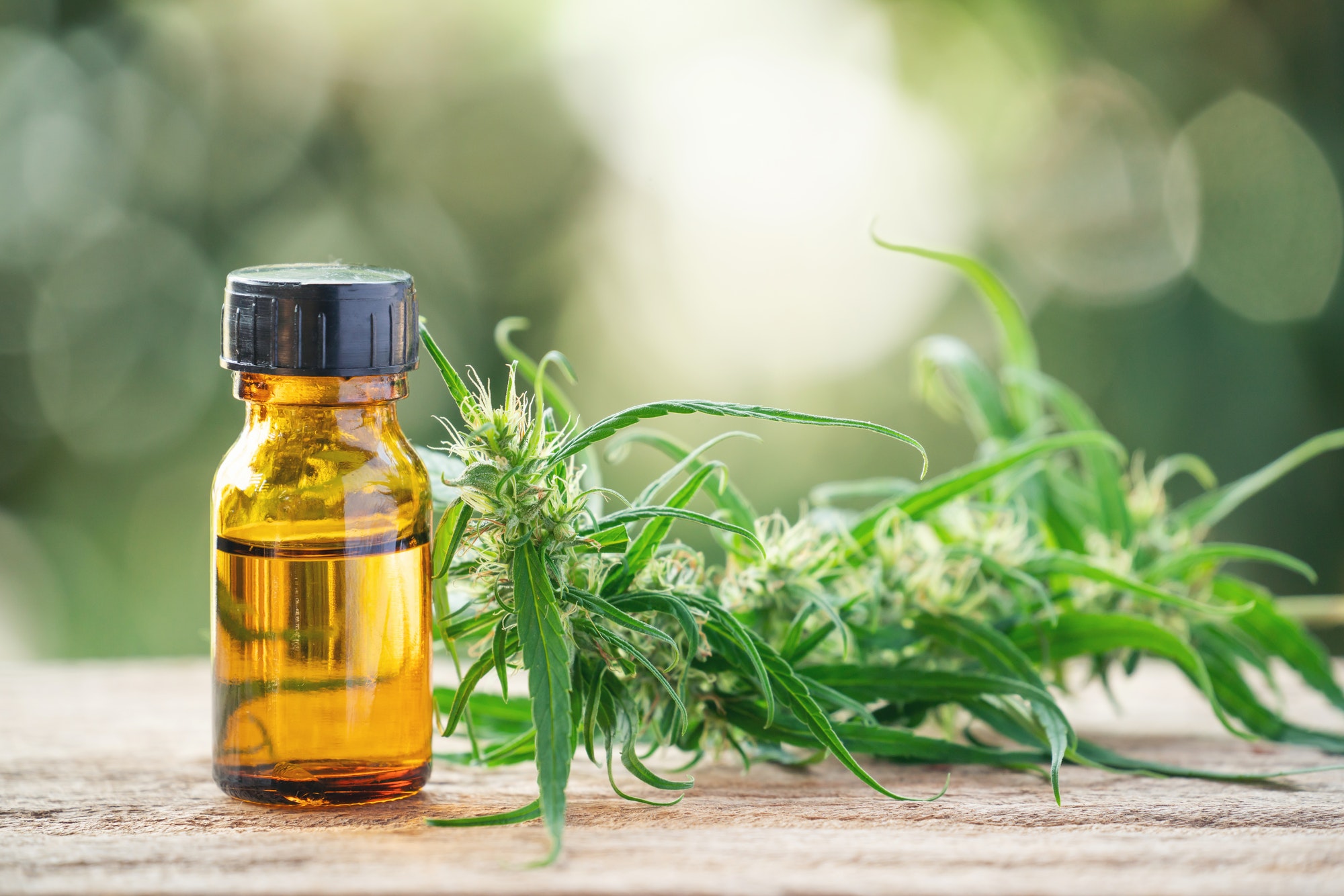
Potency and Cannabinoids Analysis
Cannabis plants naturally produce what is known as phytocannabinoids. While there are many different phytocannabinoids produced only one is known to be physiologically psychoactive, Tetrahydrocannabinol or simply THC. The two primary phytocannabinoids in cannabis are THC and Cannabidiol or CBD. Hemp is comparatively free of THC at an accepted concentration of 0.3% or less whereas Marijuana is generally around 3-20% THC.

Terpenes Analysis
There are thousands of terpenes found in the plant kingdom, and more than one hundred compounds found in cannabis alone. Terpenes that are present in cannabis plants, and their concentrations, vary greatly with growing, harvesting, and drying conditions.

What is Residual Solvent Analysis?
There are several potentially harmful solvents used when Cannabis plants are processed or extracted. They can be left in the extract/final product and cause harm to consumers who are using these products due to their carcinogenic nature.
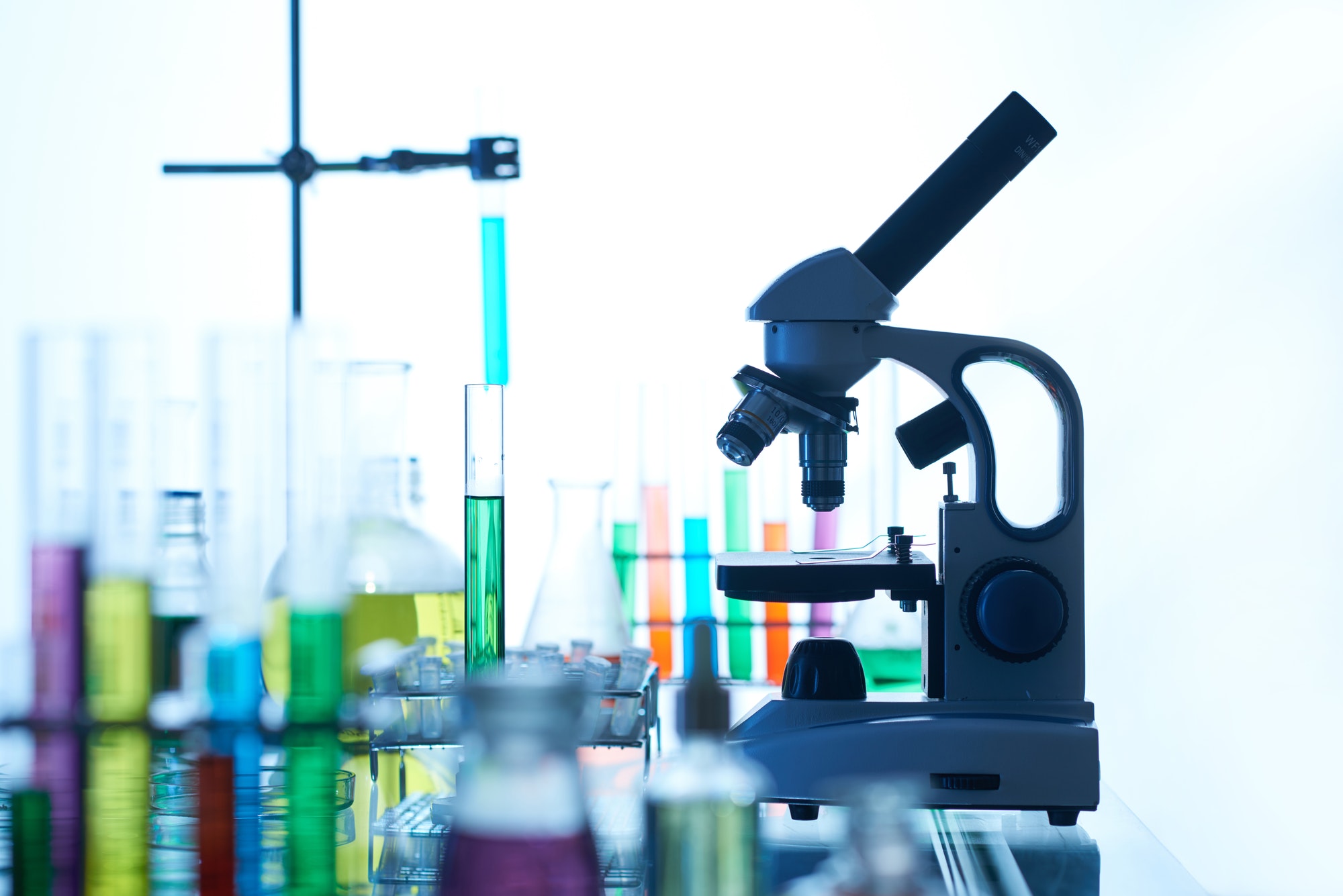
Heavy Metal Analysis in Cannabis
Heavy metals are common inorganic chemical contaminants resulting from mining operations, automotive emissions, coal-fired power plants, farming practices, and industrial and municipal run-off, among other human activities. They affect water and soil and eventually end up in concentrated form in plants, animals, pesticides, and the sediments used to make fertilizers.
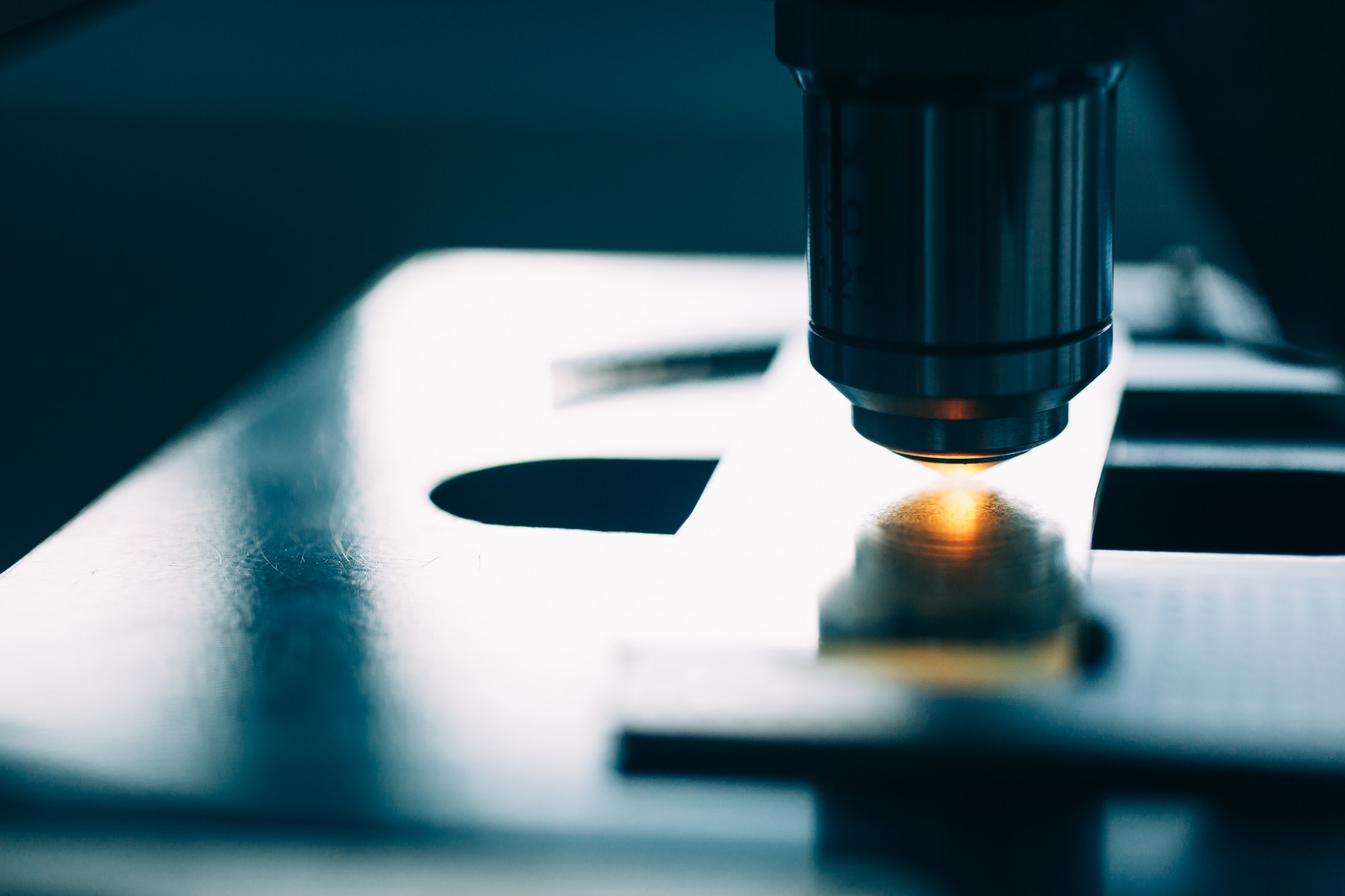
Analysis of Pesticides, Herbicides and Fungicides in Cannabis
According to World Health Organization (WHO) Pesticides are chemical compounds that are used to kill pests, including insects, rodents, fungi and unwanted plants (weeds). Pesticides are used in public health to kill vectors of disease, such as mosquitoes, and in agriculture, to kill pests that damage crops.

Analysis of Mycotoxins in Cannabis
Mycotoxins are naturally occurring toxins that are produced by species of fungi, some of which are highly carcinogenic. Mycotoxins are a known risk within the food safety industry and have been linked to kidney and liver damage, reproductive disorders, and immune suppression.
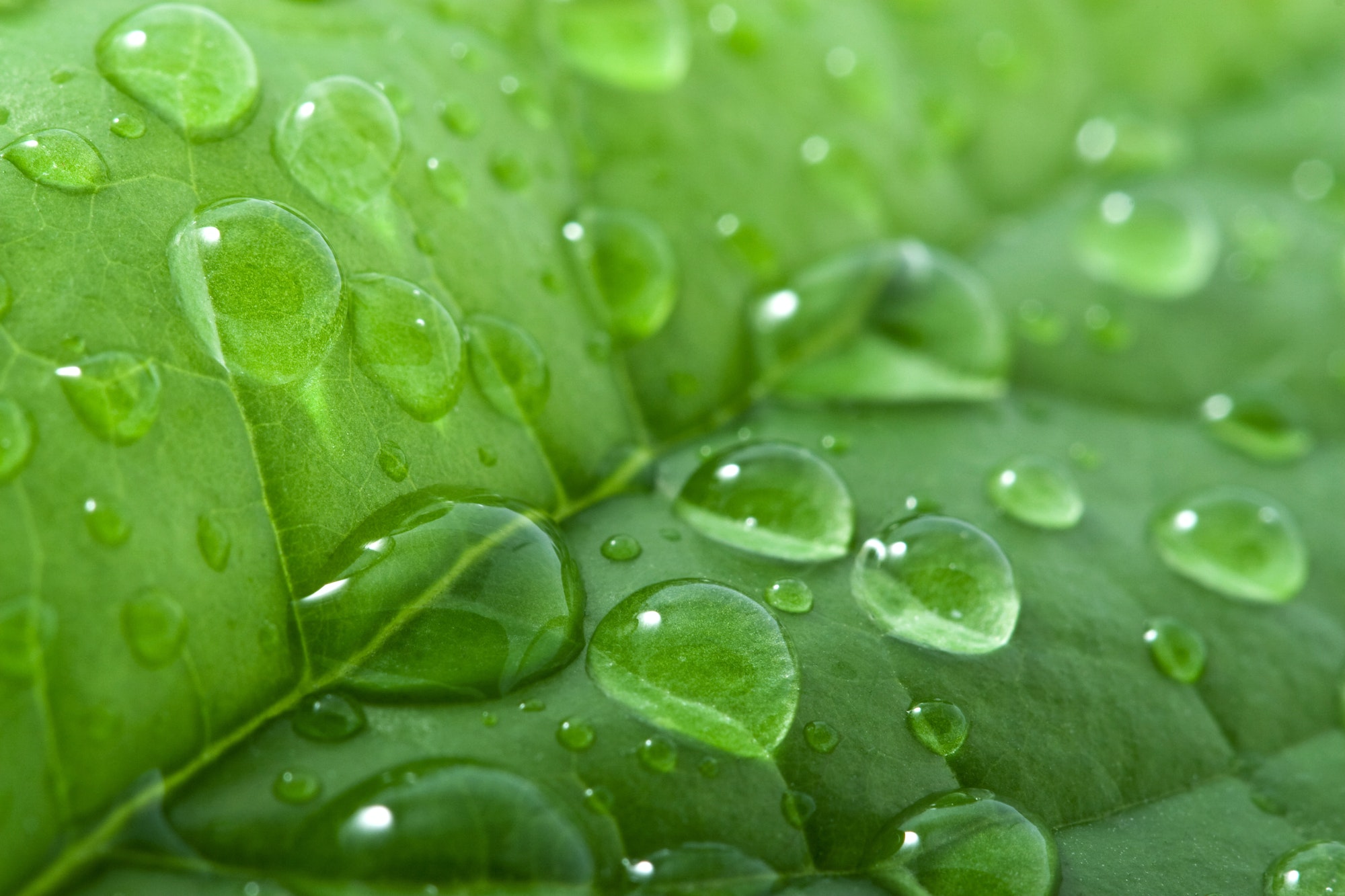
Water Activity Analysis in Cannabis and Hemp
What Is Water Activity?According to U.S. Food and Drug Administration, the thermodynamic concept known as water activity for a food product is “the ratio between


